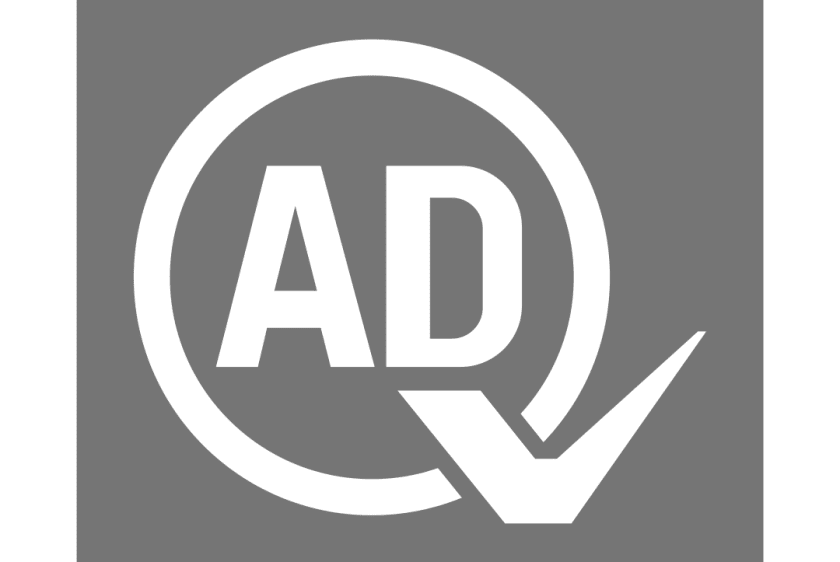The electric vehicle (EV) charging ecosystem relies on standardized communication protocols to ensure seamless interoperability between charging stations, central management systems (CMS), and service providers.
Two of the most critical protocols in this space are the Open Charge Point Protocol (OCPP) and the Open Charge Point Interface (OCPI).
While both aim to enhance EV charging infrastructure, they serve different purposes. OCPP focuses on charger-to-CMS communication, enabling remote management, firmware updates, and real-time monitoring.
On the other hand, OCPI facilitates roaming and interoperability between different charging networks, allowing EV drivers to access multiple charging stations with a single account.
This article explores the key differences between OCPI vs OCPP, their functionalities, and how they shape the future of EV charging in 2025.
What is OCPI? Understanding the Open Charge Point Interface
Definition and Purpose of OCPI
The Open Charge Point Interface (OCPI) is a standardized protocol designed to enable roaming and interoperability between different EV charging networks.
It allows charging station operators (CPOs) and eMobility service providers (eMSPs) to exchange data, enabling seamless charging experiences for EV drivers.
Key Features of OCPI
- Roaming Agreements: Enables cross-network charging without multiple subscriptions.
- Real-Time Data Exchange: Provides live updates on charger availability, pricing, and session details.
- Dynamic Pricing & Billing: Supports flexible pricing models and automated billing.
- User Authentication: Simplifies access via RFID, mobile apps, or plug-and-charge.
Latest Version: OCPI 2.2
The most recent update, OCPI 2.2, enhances:
- Smart Charging Capabilities
- Improved Security & Data Privacy
- Support for ISO 15118 (Plug & Charge)
What is OCPP? Exploring the Open Charge Point Protocol
Definition and Role of OCPP
The Open Charge Point Protocol (OCPP) is a communication standard between EV chargers and central management systems (CMS).
It ensures remote monitoring, diagnostics, and firmware updates, making it essential for charging network operators.
Key Features of OCPP
- Remote Management: Start/stop charging sessions, monitor status, and troubleshoot issues.
- Firmware Updates: Ensures chargers stay up-to-date with the latest features.
- Smart Charging & Load Balancing: Optimizes power distribution across multiple chargers.
- Security & Authentication: Prevents unauthorized access and cyber threats.
OCPP Versions: 1.6 vs 2.0 vs 2.0.1
| Feature | OCPP 1.6 | OCPP 2.0 | OCPP 2.0.1 |
|---|---|---|---|
| Security | Basic encryption | Enhanced TLS security | Improved authentication |
| Smart Charging | Limited | Advanced support | Optimized for V2G |
| Data Exchange | Basic telemetry | Real-time analytics | Enhanced reporting |
OCPI vs OCPP: Key Differences Explained
1. Primary Function
- OCPI: Facilitates roaming and multi-network charging.
- OCPP: Manages communication between chargers and CMS.
2. User vs. Operator Focus
- OCPI: Benefits EV drivers (seamless access across networks).
- OCPP: Benefits charging operators (remote management & maintenance).
3. Data Exchange
- OCPI: Exchanges session details, pricing, and authentication.
- OCPP: Handles charger status, diagnostics, and firmware updates.
4. Adoption & Compatibility
- OCPI: Used by roaming platforms like Hubject & Gireve.
- OCPP: Supported by most EV charger manufacturers (Wallbox, ABB, etc.).
Does Tesla Use OCPP or OCPI?
Tesla’s Supercharger network uses a proprietary protocol, not OCPP or OCPI. However, Tesla Destination Chargers may support OCPP for third-party integrations.
How OCPI Enhances EV Charging in 2025
1. Seamless Roaming Experience
OCPI eliminates the need for multiple charging apps by enabling cross-network authentication.
2. Dynamic Pricing & Transparency
Real-time pricing updates help users find the best rates.
3. Plug & Charge (ISO 15118 Support)
OCPI 2.2 enables automatic billing without RFID or apps.
How OCPP Improves Charging Network Management
1. Remote Diagnostics & Maintenance
Operators can troubleshoot issues without on-site visits.
2. Firmware Over-the-Air (FOTA) Updates
Ensures chargers stay secure and feature-rich.
3. Smart Load Balancing
Prevents grid overload by optimizing power distribution.
Challenges in Implementing OCPI & OCPP
1. Compatibility Issues
Not all chargers support the latest OCPP 2.0.1 or OCPI 2.2.
2. Security Concerns
Cyber threats require strong encryption & authentication.
3. Regulatory Compliance
Different regions have varying standards for EV charging.
Future of EV Charging: OCPI & OCPP in 2025 and Beyond
- Greater Integration with V2G (Vehicle-to-Grid)
- AI-Powered Smart Charging
- Blockchain for Secure Roaming Transactions
Conclusion: Which Protocol is Right for You?
- For Charging Operators: OCPP is essential for network management.
- For Roaming & User Experience: OCPI ensures seamless cross-network charging.
By leveraging both OCPI and OCPP, businesses can build scalable, interoperable, and future-proof EV charging networks.
FAQs About OCPI vs OCPP
1. What is the difference between OCPI and OCPP?
- OCPI enables roaming between charging networks.
- OCPP manages charger-to-CMS communication.
2. Does Tesla use OCPP?
No, Tesla Superchargers use a proprietary system, but some Destination Chargers may support OCPP.
3. Is OCPP used for V2G?
Yes, OCPP 2.0.1 supports Vehicle-to-Grid (V2G) technology.
4. What is the latest version of OCPI?
OCPI 2.2, which supports Plug & Charge and dynamic pricing.
5. Does Wallbox support OCPP?
Yes, Wallbox chargers are OCPP-compliant.
Need help with EV charging solutions?
Looking to integrate OCPP or OCPI into your EV charging network? Contact Us Today for expert guidance on scalable, secure, and interoperable charging solutions!





